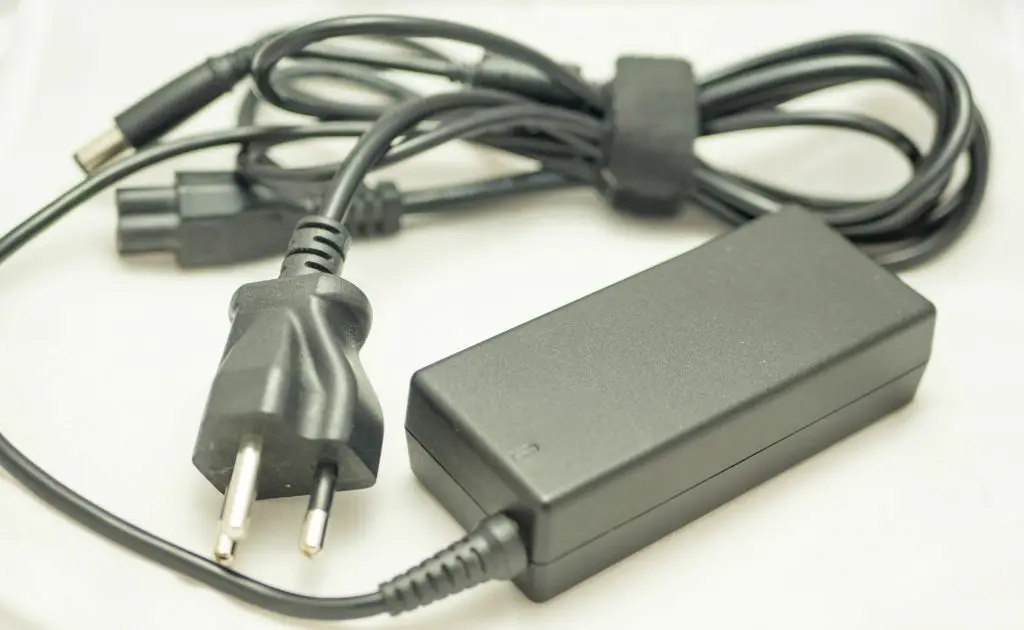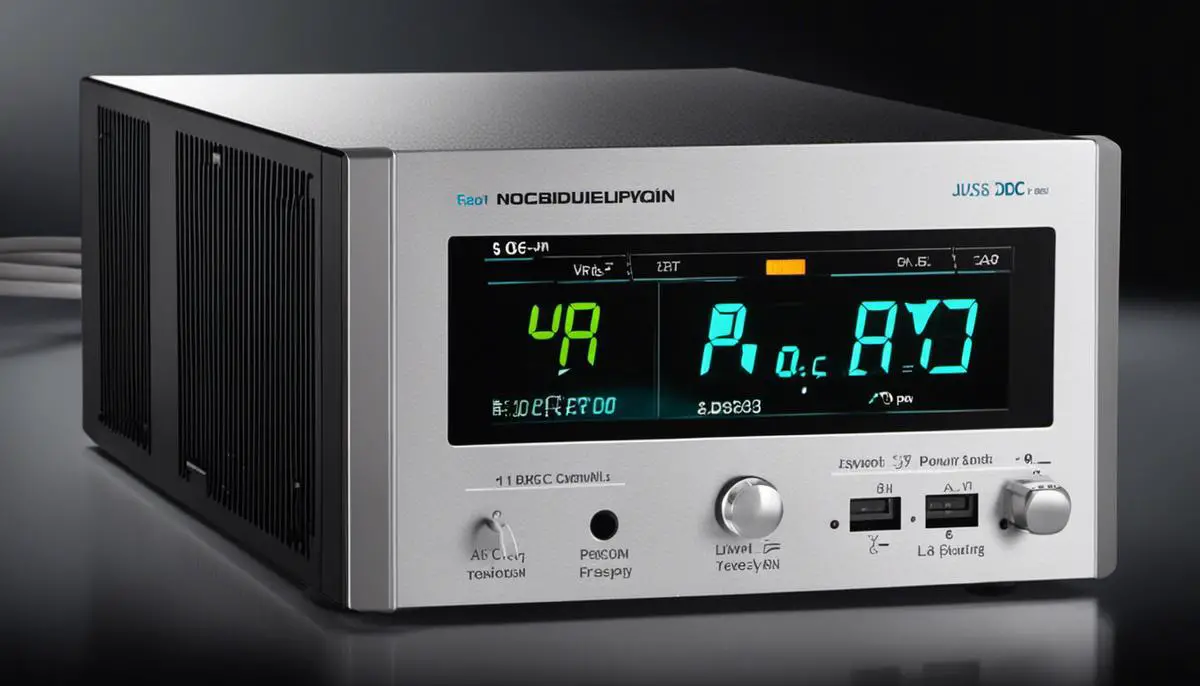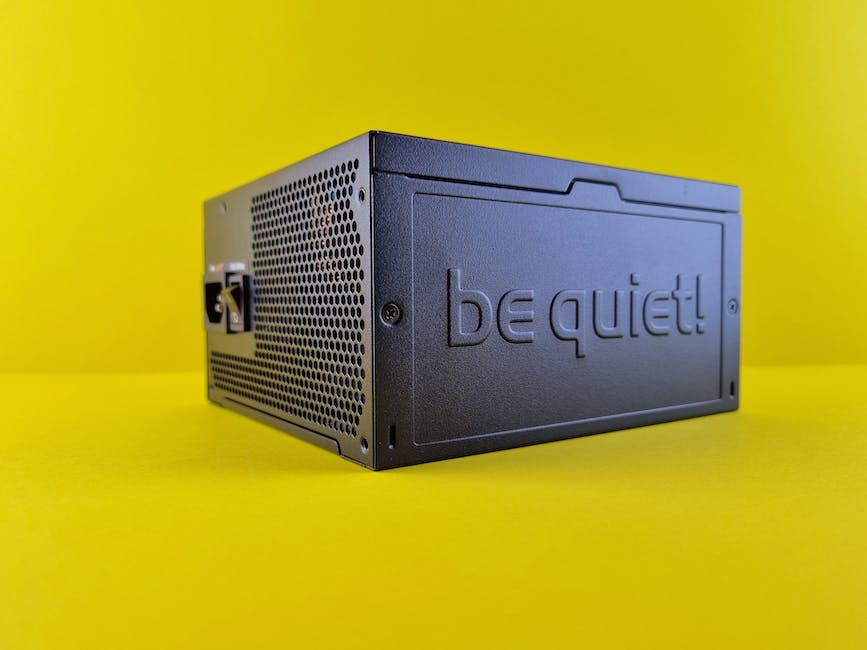In our modern world powered by an array of electronic devices, the matter of understanding how a DC AC power supply operates can prove more than intriguing. This journey of knowledge allows us to probe the rudiments of electricity, a force that has irreversibly pushed humanity forward.
This voyage will take us through the mysteries of Direct Current (DC) and Alternating Current (AC), revealing the complex choreography of components like transformers and capacitors that makes them vital units in power supplies.
Further, we will delve into the specifics of converting DC into AC, methods old and new, and explore the inner workings of inverters and oscillators. On route, we will pause to appreciate the ubiquitous influence of DC AC power supply in our everyday devices and gadgets, revealing how integral electricity is to our modern lives.
The journey concludes by addressing common issues that transpire within the power supplies, offering insights into diagnosing problems, adhering to safety precautions, and tackling typical malfunctions.
Fundamentals of DC AC Power Supply
Rocking the Basics: Understanding the Fundamentals of DC and AC Power Supply
Ever wondered the magic behind the touch of a button and voila, your room lights up? Well, that’s the fascinating world of electric power supply, where direct current (DC) and alternating current (AC) play the major roles.
As dedicated power enthusiasts, it’s key to comprehend these fundamentals to further appreciate this electrifying hobby.
So, what’s the deal with DC and AC? Let’s start off by defining them. DC, or Direct Current, is the unidirectional flow of electric charge. It’s a consistent, steadfast power source like the energy from batteries, solar cells, or even the adapters for many electronics.
On the other side of the spectrum, we have AC, or Alternating Current, which regularly changes (or alternates) in direction. This is what powers our homes and offices from power grids.
The showstopper of DC power is its efficient energy storage. Remember when going on a hiking trip and carrying a few steady, reliable batteries in the backpack?
That’s DC power supply at work, storing energy effectively. Plus, DC power is also known for its fantastic efficiency in low-voltage devices and applications like cellphones and laptop computers.
AC Power, on the other hand, has this cool ability to transfer energy over long distances without much power loss. This is thanks to the genius work of transformers that step up and step down the voltage as needed. Grasp the significance now for why AC is a darling for power distribution companies?
It’s also vital to underline the critical devices bridging the DC and AC world: power inverters and converters. Power inverters flip the script by converting DC power into AC.
Think of the power inverter in your solar-power system that’s responsible for converting the DC power from the solar panels into AC power for home use. Quite a superstar, isn’t it?
Then there’s the power converter or rectifier which takes into its stride the job of transforming AC power into DC. It does this in power supplies, like the one for your laptop, where it converts the AC power from the wall outlet into the DC power that your laptop needs.
Understanding the fundamental differences, uses, and interactions of DC and AC is the stepping stone in the journey of exploring electric power supply. The hobby gets even more exciting when you start to fiddle with power inverters and converters, realizing their potential in literally powering up your world.
Isn’t it electrifying to see how intricately these electrical currents are woven into everyday life, so seamlessly we seldom notice?
This is the sense of discovery and marvel that leads us, the lovers of our DIY electrical hobbies, to constantly learn, experiment, and most importantly, appreciate the might of electricity.
There you have it, the basic fundamentals of DC and AC power supply. Now, switch on that power, the journey has just begun! Remember, every surge and spark takes us closer to understanding the electrifying universe of power supply. Enjoy the ride, and keep discovering!

Converting DC to AC in Power Supplies
Diving deeper into the fascinating world of power supply units, let’s explore how exactly the conversion of DC (Direct Current) to AC (Alternating Current) actually takes place within these essential devices.
By breaking down this complex process, we can begin to truly appreciate the engineering marvels that steady power supplies truly are.
Firstly, one must understand that power supply units act as a hub, a mediator of sorts between two distinct worlds – One that’s locked within the tight bounds of DC power, and the other that is freer and partakes in the limitless expansiveness of AC power. Bridging this chasm is a critical component languishing inside every power supply unit, known as an inverter.
Ostensibly humble, the inverter performs a task nothing short of magic! It takes in DC power, watches it, learns its ways, and with a slight-of-hand, transforms it into AC power. This is possible through a process known as switching.
In a basic power inverter, the switching process takes place with the help of a built-in oscillator. The oscillator, true to its name, creates a rhythmic oscillation or a ‘back-and-forth’ motion.
This is akin to perhaps the swaying of a pendulum clock, or the rhythmic ticking of an old mechanical wristwatch.
In tandem with switches (often transistors), this oscillation forces the current to change its direction at a remarkably fast pace, typically thousands or even hundreds of thousands of times per second.
This rapid redirection mimics the natural wave-like pattern of AC power, effectively transforming the steady, unchanging DC power into pulsating, ever-changing AC power.
Refinement in the wave shaping is often achieved by adding filters or by modifying the switch-on and switch-off periods, allowing for a cleaner AC output closer to a pure sine wave.
This is what powers the gadgets and appliances around us, running everything from our beloved coffee machines, to the most cherished gaming consoles!
One must also spare a thought for the immense responsibility this little engineering marvel shoulders. During this transformation, it must ensure that power is continuously supplied without interruption, and any voltage fluctuations or power spikes are carefully rounded off, thus providing a smooth, stable, and ‘clean’ current for our highly sensitive electronics.
Being part of this electrifying journey from DC to AC, we find ourselves in gratitude for the inventiveness and astute engineering behind this seamless transformation. It’s a reminder of how complex systems and intricate processes work silently behind the scenes to power our lives forward.
With each flick of a switch or press of a power button, let’s remember to appreciate the wondrous journey that the humble current undertakes, from a staid, straight-path (DC) to a lively, ever-changing dance (AC).
For it’s this interplay between steadiness and change, order and chaos, that keeps our world connected and powerfully moving forward.

Importance of DC AC Power Supply in Everyday Life
Delving deeper into the fascinating world of DC and AC power supply, it’s essential to get familiar with power supply units and their indispensable role in our everyday life.
Along comes the marvel of engineering – the power supply unit.
Apart from being a crucial link between your device and a power source, these power supply units are remarkable for their role in converting DC to AC power, which in turn powers up various devices around us, from gaming consoles to microwaves.
Here’s a detail many hobbyists find fascinating – the magic resides in the process of switching and oscillation in power inverters.
These units are no ordinary components, transforming a steady DC power into a pulsating AC power, a process akin to a heartbeat injecting life to power every experience.
But it doesn’t just stop there, the AC output isn’t just a simple transformation; it’s a work of art.
To finely tune this output and ensure a clean and stable supply, it’s all about wave shaping and the addition of filters.
Keeping the AC output clean goes a long way towards ensuring the longevity of your devices.
Power supply units truly shoulder a mammoth responsibility, providing continuous, viable power against the odds.
This can be likened to a guardian maintaining an equilibrium, rounding off voltage fluctuations and power spikes that could potentially damage your devices.
The meticulous attention to detail in the creation of these devices speaks volumes about the inventiveness behind power supply units.
It’s no wonder that they grip the attention of hobbyists and professionals alike!
The more you delve into this subject, the more enthralling the journey of the current becomes.
From its emergence as DC, all the way to becoming AC power, it’s a fascinating route that has a tremendous role in making our lives electric – quite literally.
It’s easy to forget how much happens behind the scenes to create the perfect power supply.
The steadiness and change inherent in the world of power supply units, their unending oscillation and transformation, not only brings to light the essence of DC and AC but also underlines the exceptional potential called Electricity.
So, next time you flip a switch, spare a thought for this masterpiece of engineering and invention that’s constantly at work – steady yet ever-changing.

Troubleshooting Common Issues in DC AC Power Supplies
Tackling Troubles in DC AC Power Supplies: Common Issues and How to Address Them
Having established an understanding of DC and AC power, their differences, and how they interact, we’re now poised to delve into some common problems that can emerge in DC AC power supplies and how to identify and resolve those issues.
This intriguing world of power conversion, from direct current (DC) to alternating current (AC), is full of constant improvements and fascinating troubleshooting.
Mechanical failure, thermal issues, and electrical problems are the leading causes of difficulties in DC AC power supplies.
They’ll often manifest in the form of supply overheating, dips in output voltage, or the power inverter simply ceasing to work. Recognizing symptoms early on is crucial to avoid extended downtime or graver damage.
Overheating is perhaps one of the most common issues encountered. Many components within the power supply, from capacitors to semiconductors, are sensitive to heat. Regular inspection of the fans, ventilation, and cooling procedures can be the key to ensuring good health for the power supply.
Next in line is the issue of an output voltage outside nominal levels, either too high or too low. The standard 120V output for American devices can vary a little (5 – 10%) without causing severe issues.
However, voltage levels drifting out of these bounds hint at potential issues. Vibration tests, thermal tests, and burn-in tests are three mainstream testing strategies employed in the industry to address this.
In the world of electronics, capacitor leaks or ‘capacitor plague’ is surprisingly common. Looking like small cylindrical ‘cans’, capacitors store electrical energy.
Due to aging, subpar quality, or heat exposure, capacitors can leak, often visually identifiable by a bulging top or leakage at the seat. Proactive replacement of these components can avert a cascade of issues.
Continuing on the power supply journey, notice how critical transformers become in this whole conversion process. Anomalies like buzzing transformers point towards potential problems.
Such issues can be a result of manufacturing defects, environmental factors, or just improper loading. At times, as simple a fix as adjusting the load can help restore the transformer’s harmony.
Lastly, let’s look at rectifiers. These components are responsible for converting the oscillating AC power into a unidirectional flow, settling it into a more steady rhythm.
General performance degradation or full failure can result from various causes such as heat, voltage stress, or physical damage.
In dealing with rectifier issues, numerous tactics can come into play, such as heat management, output filtering, or swapping out the damaged component. It’s all about adapting and staging a response to whatever the challenge is.
And that’s the charm of our electric universe; it’s unpredictable, demanding, and yet so rewarding.
The continual analysis of power trains, rigorous testing, and keen attention to environmental considerations ensure that these power heroes continue to function at their best.
From capacitors to transformers and rectifiers, they are the workers backstage that make every electronic marvel possible, and they deserve our full attention, respect, and care.
Embrace the opportunity that each challenge presents to learn more and delve deeper into this intriguing world, because life with DC and AC power is never dull.
And remember, the key to effective troubleshooting is understanding – realize why you are doing it, what you are investigating, and how you can make it better. Only then can you truly develop and hone the skills needed in the world of power supply problem-solving.
It’s up to you now, the power supply enthusiasts, to keep this electric universe humming along in harmony. Happy troubleshooting!

Embracing a profound understanding of DC AC power supplies not only enhances our appreciation for the modern comforts we often take for granted, but also equips us to handle common problems with a newfound confidence and proficiency.
Whether it’s a personal computer, a much-loved television, or an indispensable mobile charger, acknowledging the role of power supplies helps us remain connected and functioning.
As our journey in knowing the principles of electricity, the conversion of DC AC power, and the manifestation of these forces in our everyday gadgets comes to an end, let’s remind ourselves – learning never ceases.
As we continue to adapt and evolve with technology, let’s make it a point to keep our curiosity piqued, and our quest for understanding unquenchable.


